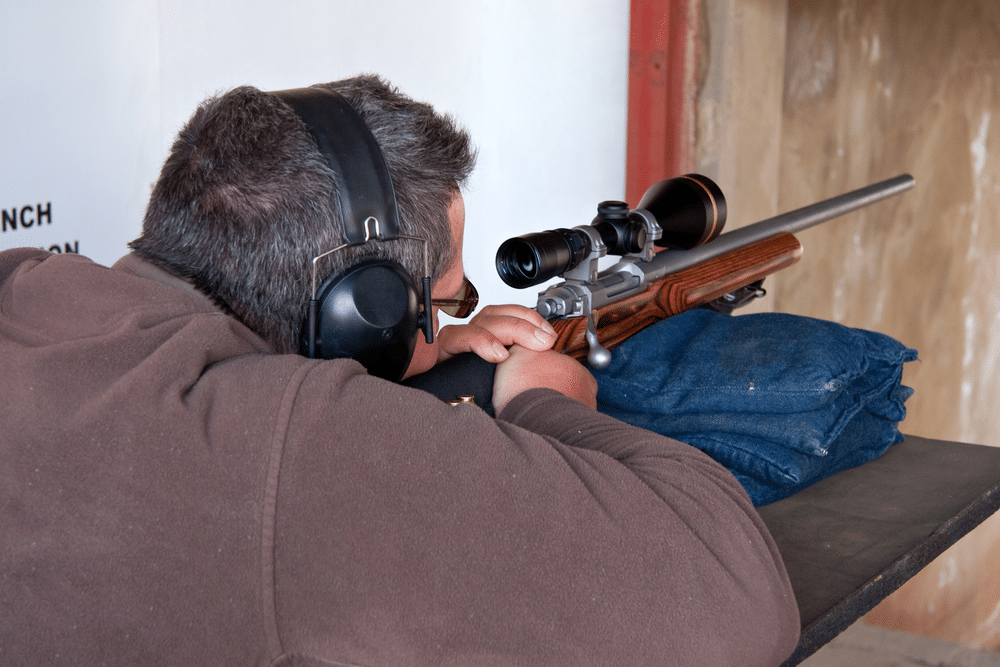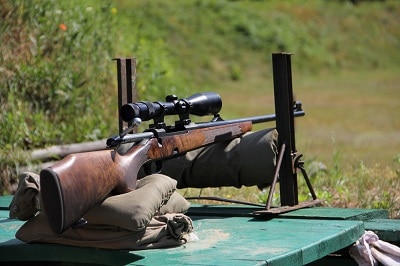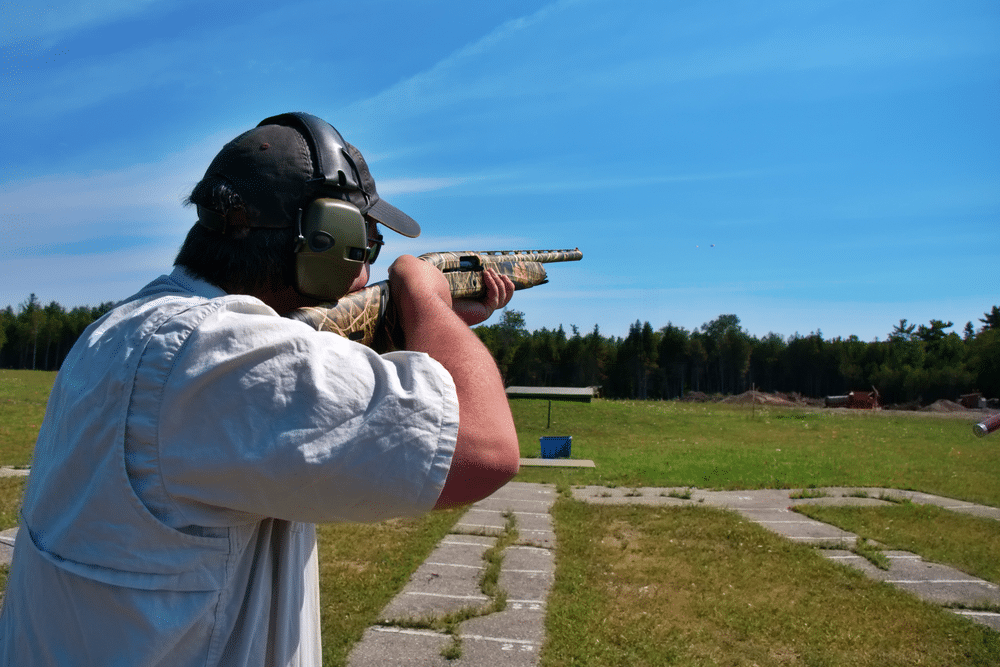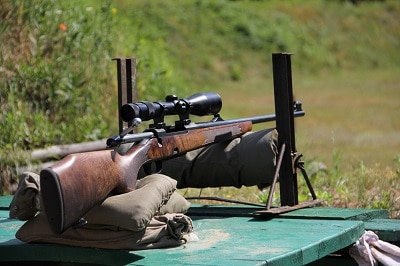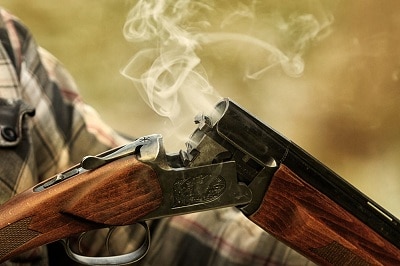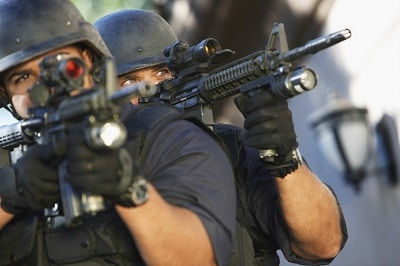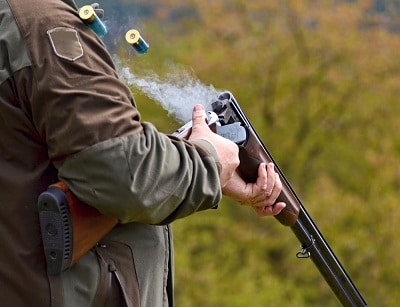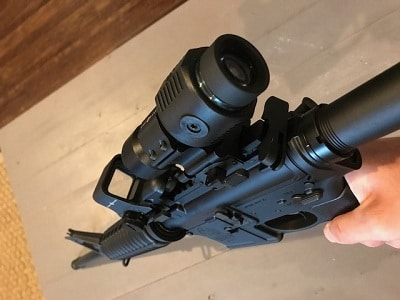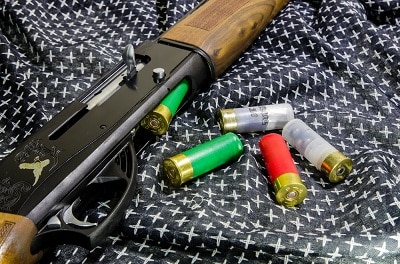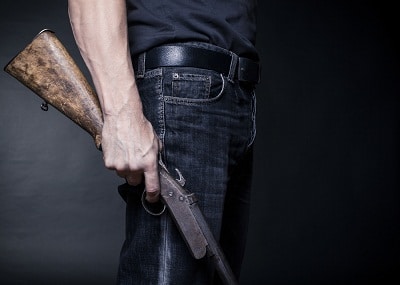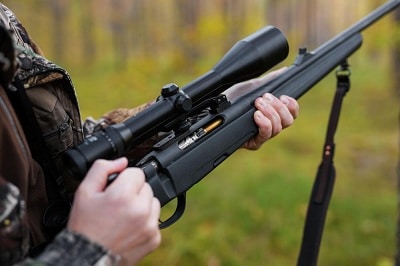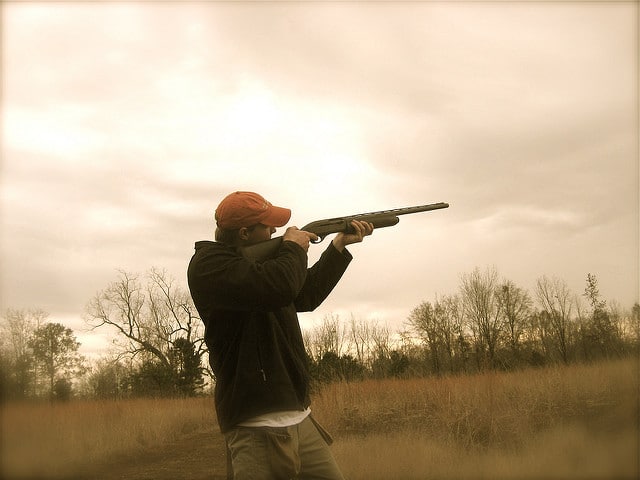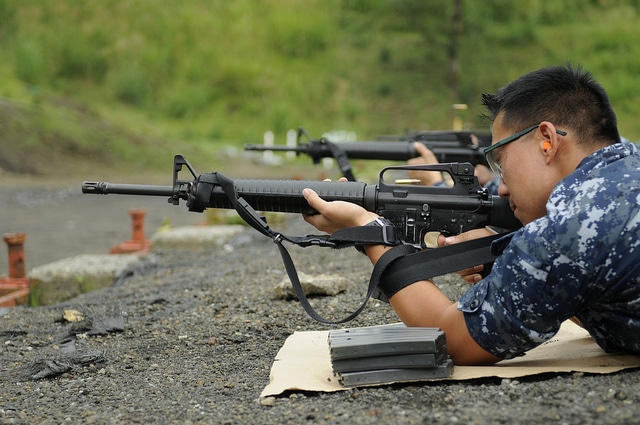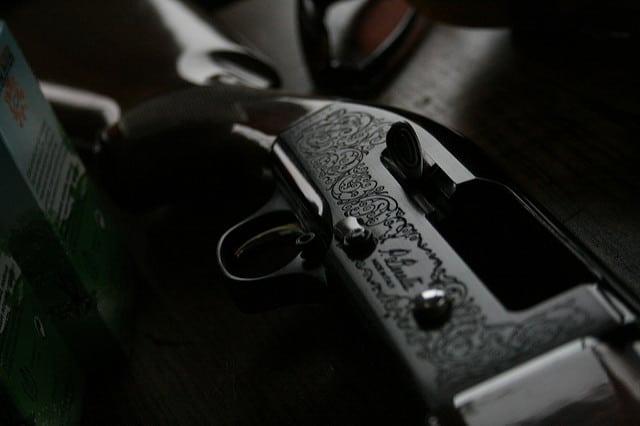For many reasons, shotguns are considered the ideal home defense weapon. At short range, they are extremely deadly. For home defense, this is an ideal situation. In the event that someone were to break into your home, a shotgun should be the first weapon you reach for.
However, shotgun shells can be a little confusing. What really is the best shotgun ammunition for home defense?
In this article, we will go over some of the best options, and talk about what makes them so great.
The Basics – Types of Shotgun Ammunition
Shotgun ammunition can be a little confusing. There are three different main types, and beyond that, there are sizes for each.
The primary types of shells are buckshot, birdshot, and slugs. Birdshot has more, smaller pellets. Buckshot has fewer pellets, but they are significantly larger. A slug is one solid piece of metal, and they are usually very large in size. This turns your shotgun into a crude rifle and is very effective for taking down big game.
Next up, there are numbers associate with each type. For example, there is 00 buckshot, #4 birdshot, 4 buckshot, #8 birdshot, and many more.
As the number increases, the number of pellets within the shell increases. However, this also means that the size of the pellet decreases.
So, for example, #8 birdshot has hundreds of pellets that are .09 inches in diameter. #2 birdshot has 90 pellets that are .15 inches in diameter.
#4 buckshot pellets are .24 inches in diameter, and 00 buckshot pellets are .33 inches in diameter.
Make sense so far?
So, Which of These are the Best for Home Defense?
As you can imagine, buckshot is the best for home defense. Birdshot has more pellets, but they are very small in size, and usually don’t penetrate deep enough to be effective against a human target.
Buckshot penetrates much deeper, and it has larger pellets to damage more critical tissue.
Slugs would be effective in bringing down a target, but they require much greater accuracy, and they penetrate too deep. If you were to miss your target, that slug would travel through anything in its way for quite some time. This can be dangerous in a home defense situation.
What About Specific Ammunition?
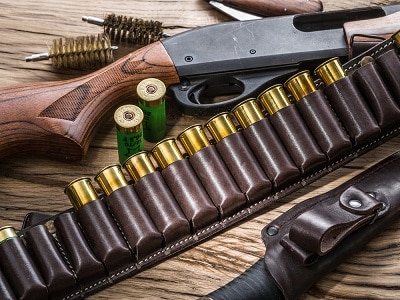
In general, 00-1 buckshot is more than effective rounds for home defense. If you aren’t interested in buying ammo specifically for home defense, any of these buckshot shells will work. In fact, the military and many police departments use simple 00 buckshot for their shotguns.
Are you using a shotgun? Let’s buy the best scope for shotgun, you will never regret about it.
However, there are some ammo choices available that are made specifically for home defense. Keep reading to check some of these out.
- Federal Premium Personal Defense PD13200. This is a simple 00 buckshot shell. It is aimed for home defense and is loaded with 9 pellets. It offers reliable, tight shot groups, and does more than enough damage.
- Federal Tactical 1 Buckshot. This is a 1 buckshot round. Similar to the previous ammo, this ammo offers reliable groups. However, this one has 15 pellets as opposed to 9.
- Winchester PDX1. These rounds are more specifically for personal defense. In 12 gauge, there is a segmenting slug and one shell that has a slug and buckshot in it. The segmenting slug will break apart on impact, which damages more tissue. The slug and buckshot round spreads apart very rapidly, so you are able to cover more surface area.
Conclusion
As previously mentioned, shotguns are absolutely key to home defense. However, due to how confusing shotgun shells can be, it is difficult to choose one specific ammo for home defense.
Generally speaking, buckshot is a great choice. While there are fewer pellets, they are much larger. However, if you are looking for a shell that is specifically for home defense, there are a few out there. Winchester specifically makes a great shell for personal defense.
You can’t go wrong with most buckshot, but getting a more specific shot for home defense certainly won’t hurt. The extra cost will be worth it in the event that you need it.

